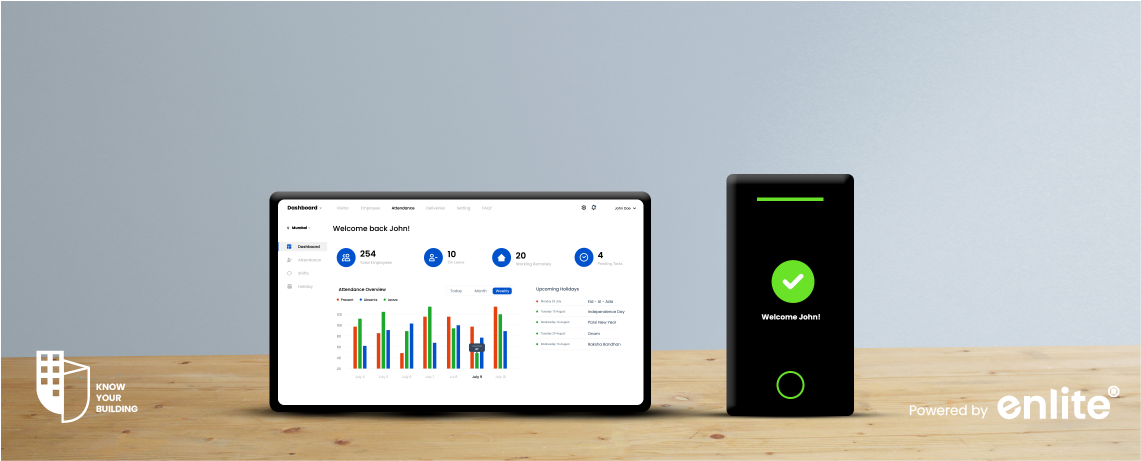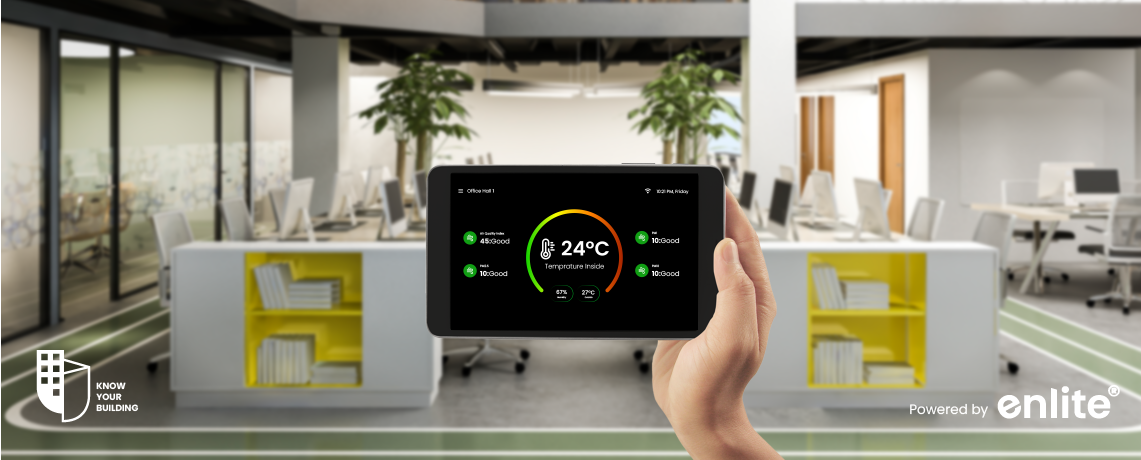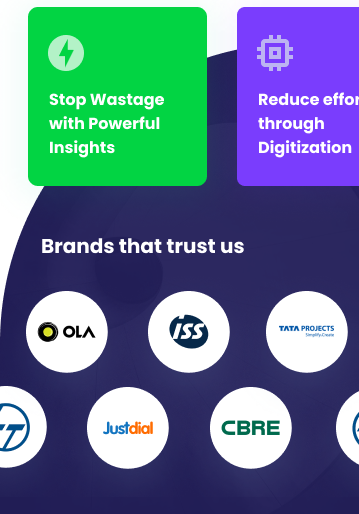Smart Building Snapshot:
- 70% of organizations consider security and operational efficiency their top priority when investing in building technologies. (Verdantix Research)
- Integrated building systems reduce energy consumption by up to 20% compared to standalone systems. (U.S. DOE)
- Demand for cloud-native, wireless solutions is expected to grow by over 18% annually until 2030. (MarketsandMarkets)
Today, smart buildings are expected to be secure, sustainable, and intelligent — and integration is at the heart of this transformation.
One of the most critical synergies?
Integrating Cloud-Native Building Management Systems (BMS) with Smart Access Control.
Why Integration Matters for Modern Buildings
1. Unified Control for Better Efficiency
When your BMS and Access Control operate separately, important data — like occupancy patterns or room usage — stays isolated.
Integration bridges the gap.
With a cloud-native system, you can:
- Adjust HVAC and lighting based on real-time occupancy from access logs
- Automate energy savings when areas are vacant
- Seamlessly manage building operations from a single dashboard
✅ Impact: Lower energy costs, improved operational visibility, and smarter space utilization.
2. Enhanced Security Through Real-Time Monitoring
Traditional access control systems operate reactively — only logging entries and exits.
When integrated with BMS:
- Access anomalies (e.g., forced doors, unauthorized entry) can trigger real-time building responses — like locking down sections or adjusting surveillance settings.
- In emergencies (fire, gas leak, etc.), access controls can automatically unlock escape routes while BMS manages ventilation and alarms.
✅ Impact: Faster emergency response, minimized risk, and better occupant safety.
3. Intelligent Space and Energy Optimization
Imagine a conference room that auto-adjusts its temperature, lighting, and air quality when access control detects people entering — and powers down when empty.
That’s not science fiction.
That’s smart, integrated, sustainable building management.
✅ Impact:
- Significant reductions in idle energy consumption
- Enhanced occupant comfort
- Boosted green certification eligibility (LEED, WELL)
4. Simplified Remote Management
Cloud-native integration means remote access to both building systems and security protocols.
Facility managers can:
- Open/lock doors remotely
- Monitor energy usage and occupancy simultaneously
- Receive instant alerts for any security or building system irregularities
✅ Impact: Empowered management from anywhere, anytime — saving time, resources, and enhancing responsiveness.
5. Future-Proofing Building Operations
With cities pushing toward smart infrastructure and carbon neutrality goals, having a modular, cloud-native architecture ensures your building:
- Easily integrates new technologies (IoT, AI, renewables)
- Scales security and operational needs flexibly
- Adapts quickly to evolving sustainability and compliance standards
✅ Impact: Buildings stay ahead of technology trends and regulatory changes — maximizing property value and tenant satisfaction.
How Know Your Building® Makes Integration Seamless
At Know Your Building®, we design solutions where Cloud-Native BMS and Smart Access Control work hand-in-hand, offering:
- Unified Dashboards: Single interface for complete building and access management
- AI-Powered Insights: Data-driven optimization of space, energy, and security
- Wireless Scalability: Faster, cost-effective deployment across new sites
- Remote Monitoring & Alerts: Stay connected to your building 24/7
Whether you’re retrofitting an existing building or designing a new one, Know Your Building® empowers you to build smarter, safer, and greener.
🌟 Smarter Buildings Start with Smarter Integration.
👉 Ready to experience the power of integrated building management and access control?
Explore Know Your Building® today and future-proof your property.














